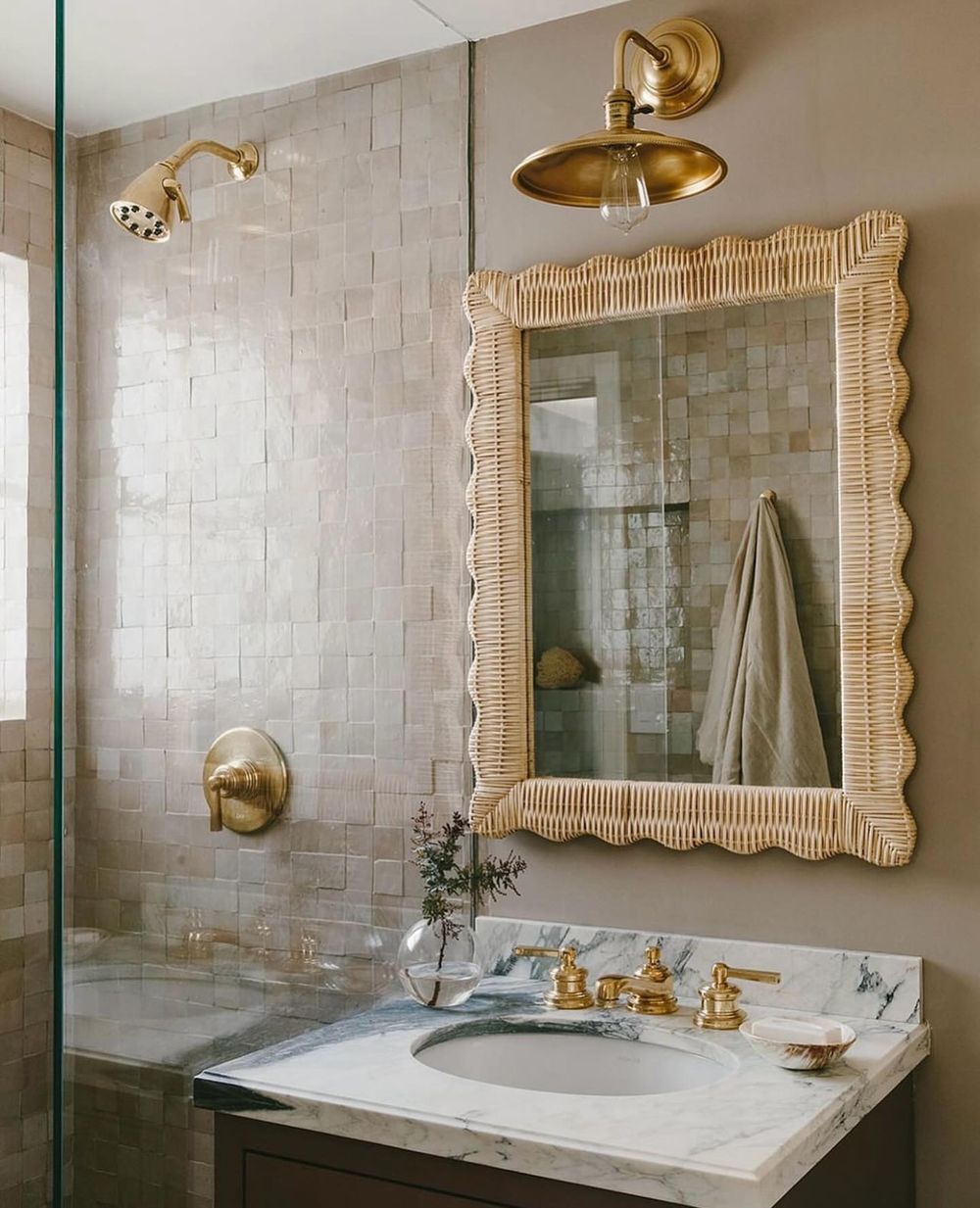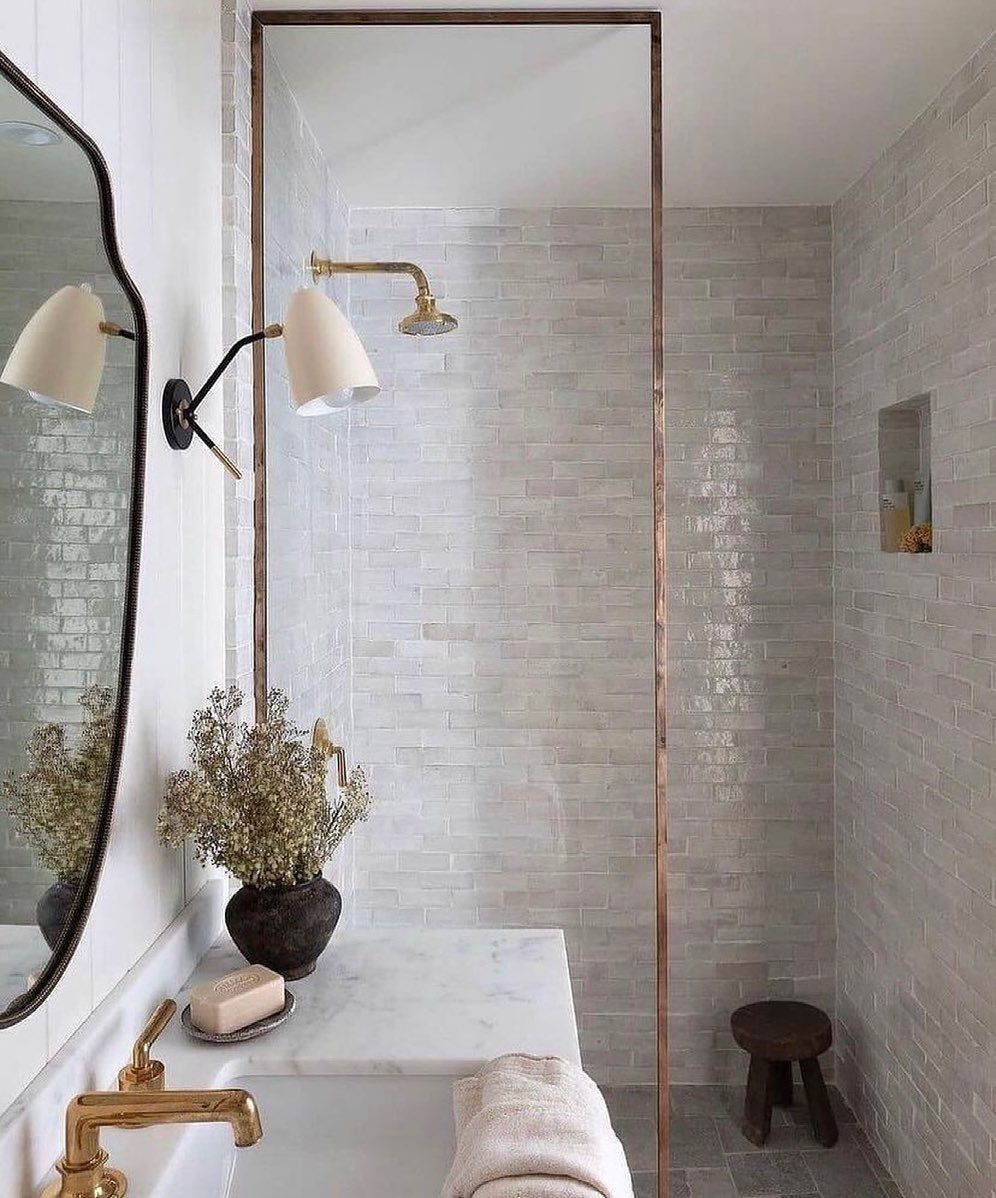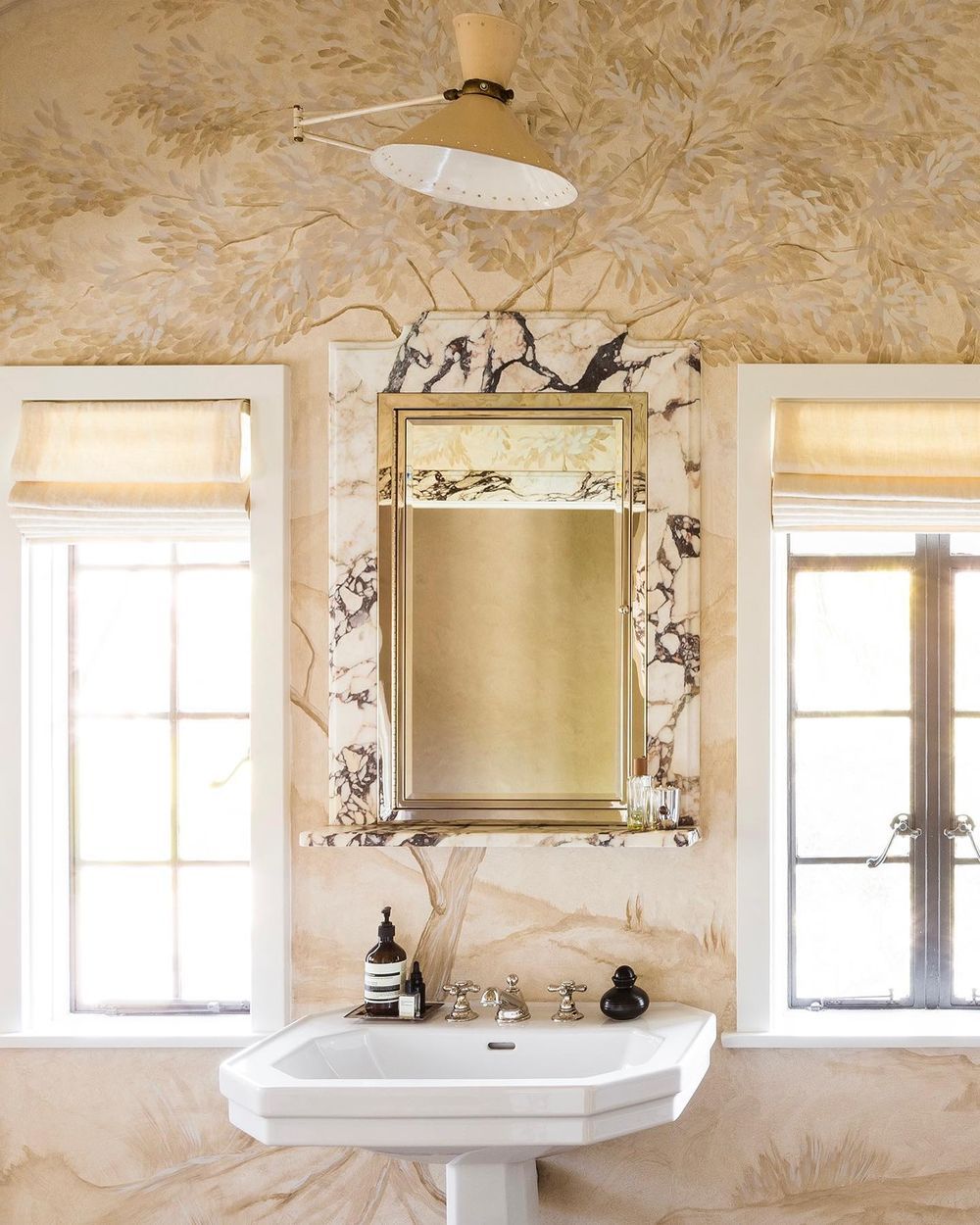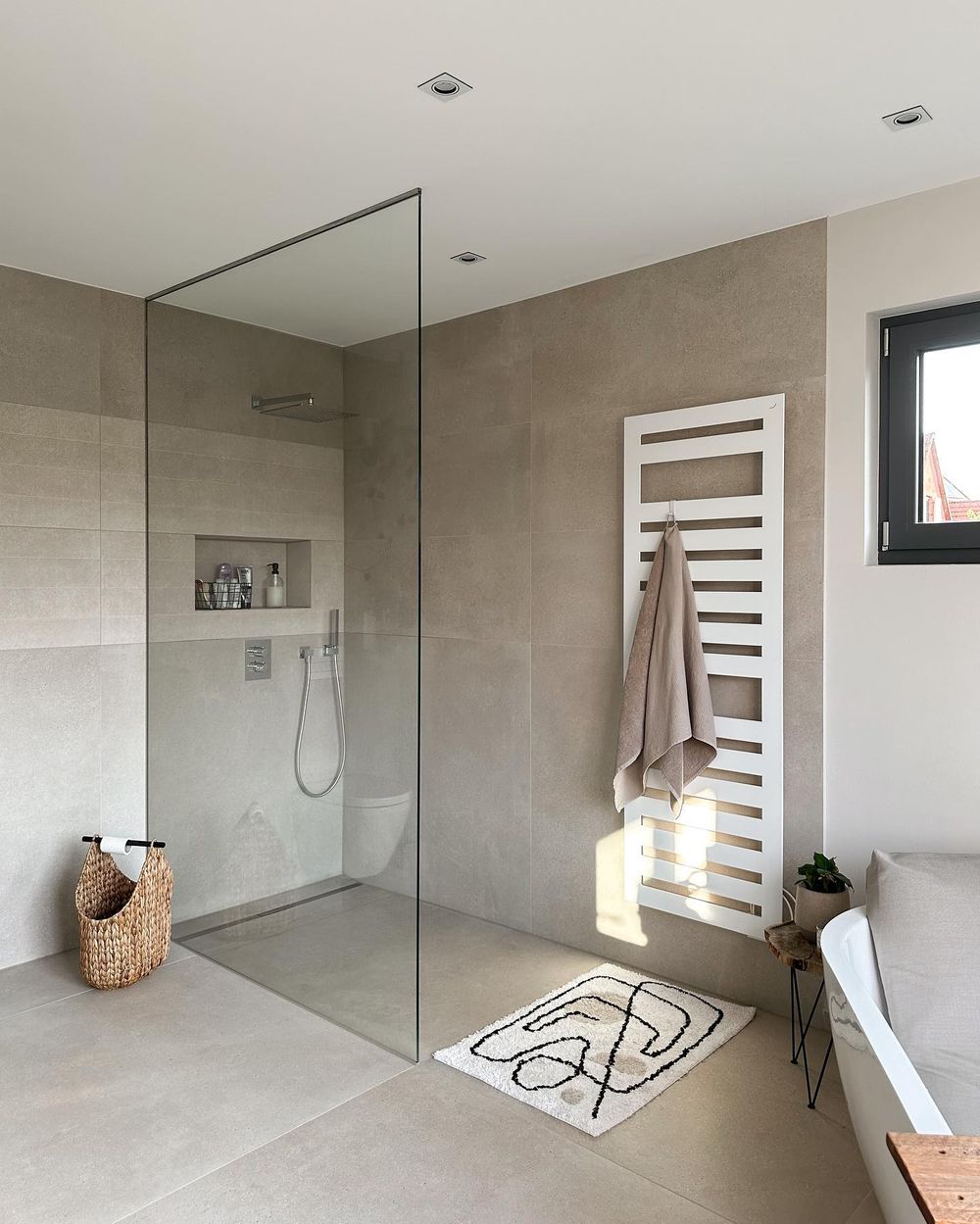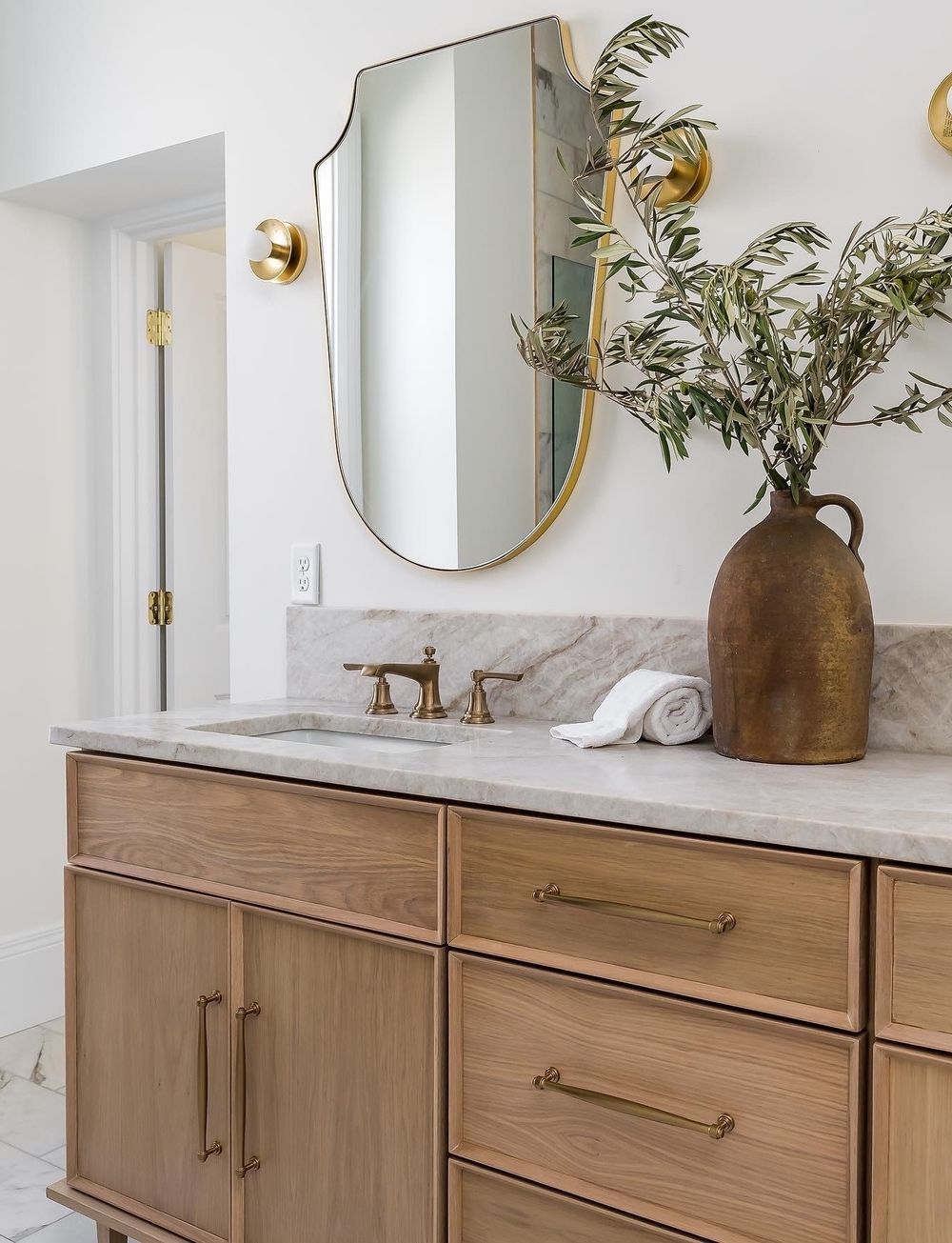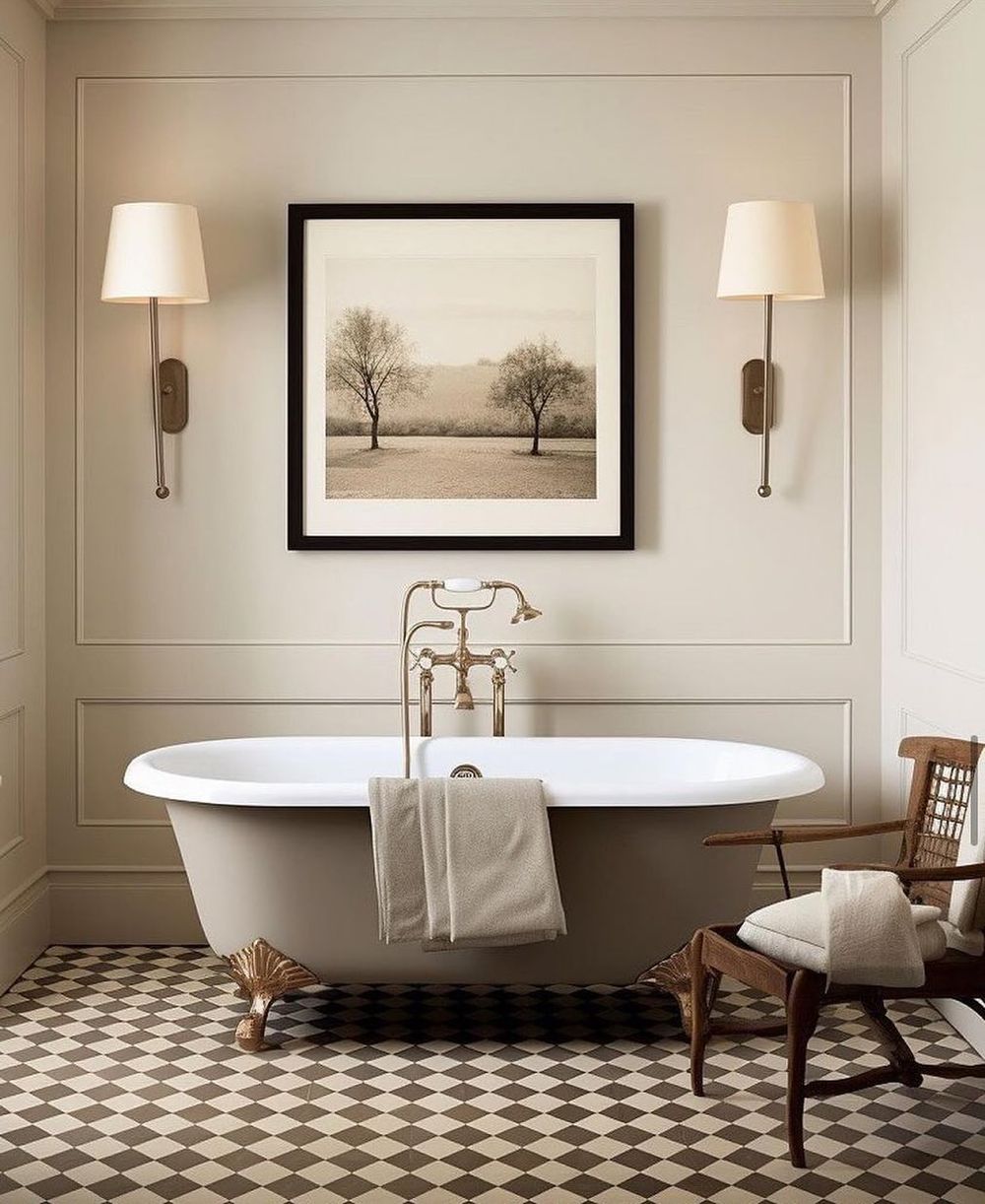Beige bathrooms are the unsung heroes of home design, offering a timeless palette that exudes warmth and sophistication. Whether you’re planning a complete renovation or just wanting to refresh your space, integrating beige can create an inviting and serene atmosphere, harmonizing perfectly with a variety of styles. In this article, we’ll explore innovative ways to enhance your beige bathroom, from choosing the right shades and textures to accessorizing with flair.
The Versatility of Beige in Bathroom Design
The versatility of beige in bathroom design makes it an enduring choice for both contemporary and traditional spaces. This neutral hue serves as a perfect backdrop, providing warmth and softness that can transform a sterile environment into a tranquil retreat.
One of the most compelling aspects of beige is its ability to complement a wide range of color palettes, allowing homeowners to easily mix and match with different accents and fixtures.
From creamy ivories to rich taupes, the variations within the beige spectrum enable designers to create cohesive and harmonious designs that evoke a sense of calm. In addition to its aesthetic flexibility, beige also enhances the perception of space, making smaller bathrooms feel larger and more open.
The use of beige tiles, cabinetry, or paint can reflect light beautifully, brightening up the room without overwhelming it. When paired with natural materials like wood, stone, or marble, beige can imbue a bathroom with an organic feel, fostering a connection to nature that many seek in their personal sanctuaries.
Moreover, beige provides an ideal canvas for introducing texture and layering. Whether it’s through plush towels, woven storage baskets, or decorative elements, the neutrality of beige allows the textural variety to shine without clashing.
Accessories in bolder or darker colors can be incorporated effortlessly, creating visual interest and depth within the space. In essence, the versatility of beige allows for a broad range of design styles while accommodating personal taste, making it a beloved choice for bathroom design that stands the test of time.
Choosing the Right Shades of Beige
Choosing the right shades of beige for a bathroom can dramatically enhance its ambiance and create a soothing, inviting space. Beige is an incredibly versatile color that can range from warm, creamy tones to cooler, taupe-like shades, making it essential to consider the overall style and lighting of your bathroom.
Warm beiges with undertones of yellow or peach can add a cozy and welcoming feel, ideal for creating a spa-like retreat. Conversely, cooler beige shades with gray undertones can lend a modern and minimalist vibe, perfect for contemporary spaces.
When selecting a shade, assess the natural light the bathroom receives throughout the day, as this can affect how the color appears on the walls. If your bathroom is smaller or lacks natural light, opting for lighter beige tones can help to make the space feel more open and airy.
Additionally, pairing different shades of beige with complementary hues, such as soft whites, muted greens, or pale blues, can introduce visual interest without overwhelming the senses. Ultimately, the key to choosing the right shades of beige lies in balance, ensuring that the colors harmonize with your fixtures, tiles, and decor, creating a cohesive oasis that is both functional and aesthetically pleasing.
Complementary Colors for a Balanced Look
In the world of interior design, creating a balanced look often involves the thoughtful use of complementary colors, and this principle holds particularly true in the context of beige bathrooms. Beige, with its warm undertones and versatility, provides a perfect canvas for incorporating complementary hues.
To achieve a harmonious balance, consider incorporating shades that sit opposite beige on the color wheel, such as soft blues or muted greens. These cooler tones not only contrast beautifully with the warmth of beige but also evoke a serene, tranquil atmosphere, ideal for a space dedicated to relaxation.
Adding accessories like towels, shower curtains, or decorative accents in these complementary colors can enhance the overall aesthetic, allowing the beige to retain its calming qualities while still adding visual interest.
Incorporating natural elements such as plants in varying shades of green can further enrich the color palette, bringing in life and freshness. To maintain balance, keep the overall layout coherent with the right proportions of each color, ensuring beige remains the focal point while the complementary shades offer support and depth. This approach creates visual intrigue while turning the bathroom into a soothing sanctuary that feels inviting and well-designed.
Incorporating Textures and Materials
Incorporating textures and materials into a beige bathroom can elevate the space beyond a simple monochromatic palette, creating a warm and inviting atmosphere. The key to achieving depth and interest lies in the thoughtful selection of surfaces and finishes that complement the soft neutrality of beige.
For instance, consider integrating natural materials such as wood, stone, and ceramic. A warm walnut vanity or rustic oak shelving can introduce an organic touch, while natural stone tiles in soft cream or taupe can enhance the bathroom’s elegance.
Layering different textures, such as smooth porcelain against rough-hewn wood or adding a plush woven rug, invites tactile interaction and warmth underfoot. In addition to these materials, consider the impact of finishes on the overall design.
Matte finishes can create a serene and modern aesthetic, while glossy surfaces can reflect light and add glamour—both of which work beautifully within a beige color scheme. Fixtures in brushed gold or matte black can provide a striking contrast and elevate the design, drawing attention to key elements like sinks and faucets.
Textured wall treatments, such as shiplap or grasscloth wallpaper, can also play a vital role in adding dimension and character to the space, making the bathroom feel more personalized and intentional.
Finally, incorporating textiles through towels, window treatments, and other accessories in varying shades of beige or subtle patterns can harmonize the design while maintaining a cohesive look.
In sum, blending textures and materials not only enhances the aesthetic appeal of a beige bathroom but also fosters a sense of tranquility and comfort, transforming it into a personal sanctuary.
Lighting Considerations for Beige Bathrooms
Lighting plays a crucial role in enhancing the ambiance and functionality of beige bathrooms, which can sometimes risk appearing dull or flat. When designing a beige bathroom, it’s important to consider a layered lighting approach to create depth and interest.
Start with ambient lighting, using ceiling-mounted fixtures or recessed lights that emit a warm white glow to complement the soft tones of beige. This base layer ensures that the space is well-lit while maintaining a cozy atmosphere.
To add visual appeal, incorporate task lighting around mirrors and vanities. sconces or wall-mounted fixtures flanking the mirror can provide direct illumination for grooming tasks while adding a touch of elegance. Choose fixtures with soft, diffused shades to minimize harsh shadows, promoting a flattering reflection.
Additionally, consider the use of accent lighting to highlight architectural features or decorative elements, such as a beautiful tile backsplash or artwork, further enhancing the overall aesthetic.
Natural light should also be maximized wherever possible—incorporating frosted glass windows or skylights can bring in daylight without compromising privacy. Use light-filtering window treatments to allow soft sunlight to filter in while providing additional design elements to the space.
Finally, consider the color temperature of your bulbs; soft, warm white (3000K) will work harmoniously with beige finishes, enhancing their warmth and creating an inviting atmosphere.
By thoughtfully layering various lighting sources and focusing on warmth, a beige bathroom can transform into a serene and stylish retreat.
Popular Beige Bathroom Styles and Themes
Beige bathrooms have emerged as a timeless choice for homeowners seeking a serene and sophisticated space. The versatility of beige allows it to seamlessly blend with various styles, making it a favorite in contemporary, traditional, and even rustic designs.
One popular theme is the minimalist bathroom, where soft beige hues create a clean and calming atmosphere. Here, sleek lines, simple fixtures, and unobtrusive decor work together to emphasize the beauty of the neutral palette. For those leaning towards a more classical aesthetic, the elegant pairing of beige with white or cream can evoke a sense of luxury.
Incorporating vintage-inspired elements such as ornate faucets, clawfoot tubs, and antique mirrors enhances this theme, resulting in a bathroom that feels both timeless and inviting. In contrast, a modern beige bathroom can exude warmth by integrating natural materials.
Wooden accents, such as floating vanities or textured wall panels, complement beige walls and floors, while stone countertops bring an organic touch. Earthy accessories, such as potted plants and woven baskets, can infuse the space with life and create a harmonious connection to the outdoors.
A spa-inspired theme can be achieved by accentuating the calming effects of beige. Soft lighting, plush towels, and decorative candles add layers of comfort, transforming the bathroom into a tranquil retreat.
Whether coupled with simple geometric patterns or rich textures, beige serves as an excellent backdrop that promotes relaxation and rejuvenation. By exploring these various styles and themes, you can craft a dream bathroom, showcasing the elegance and versatility of beige in ever-evolving interior design.
Maintenance Tips for Beige Bathoom Surfaces
Maintaining beige surfaces in a bathroom requires a thoughtful approach to preserve their elegance and vibrancy. Firstly, regular cleaning is essential to prevent the buildup of soap scum and mineral deposits that can dull the finish.
A gentle, pH-balanced cleaner is ideal, as harsh chemicals can strip off any protective coatings and affect the surface’s color. For natural stone tiles or countertops, it’s advisable to use a specialized stone cleaner to prevent etching and staining.
Consider incorporating a routine of sealing porous surfaces, such as natural stone, every six months to enhance durability and resist moisture. To tackle daily wear and tear, always use soft cloths or microfiber towels for cleaning, as abrasive materials can scratch and damage the surface. Address spills promptly, particularly those from beauty or cleaning products that can leave unsightly stains on beige materials.
For grout lines, a mixture of baking soda and water can effectively lift dirt without resorting to aggressive scrubbing. Maintaining adequate ventilation in the bathroom is crucial as well, as consistent humidity can lead to mold growth, which appears particularly unappealing against a light background like beige.
Finally, to ensure the lasting beauty of beige surfaces, consider incorporating easy-to-replace decorative elements, such as towel holders and shower curtains, in complementary colors to enhance the space while keeping maintenance manageable.
By following these maintenance tips, a beige bathroom can remain a timeless and tranquil sanctuary, exuding warmth and sophistication for years to come.

